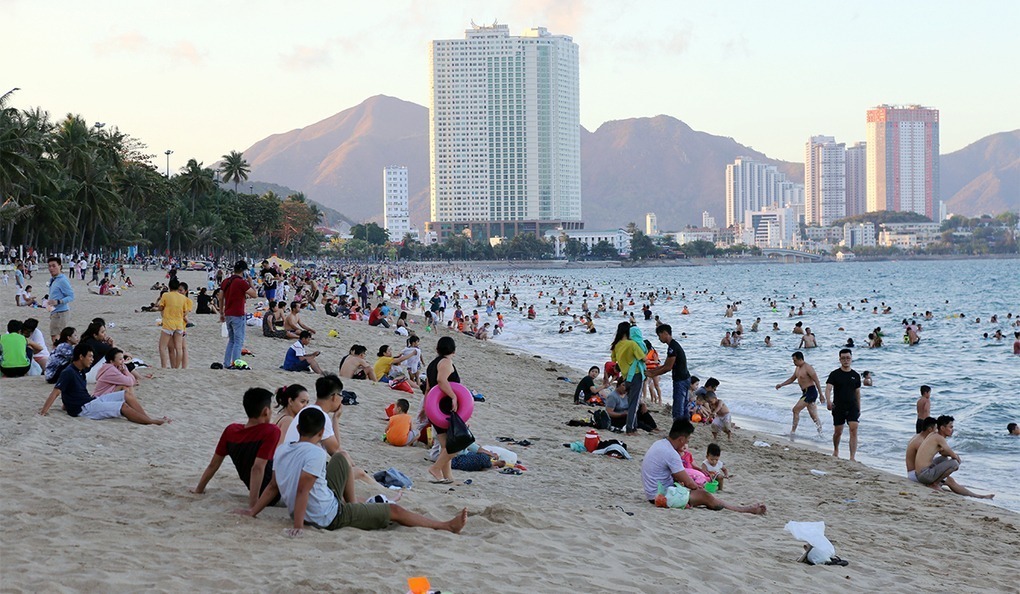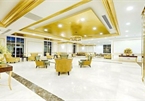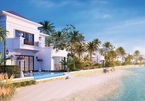Signs of slight recovery have appeared as 493 accommodation establishments, most in Hanoi and HCM City, or 78 percent of 4-5-star hotels and resorts surveyed by Savills Hotels, have reopened with full utilities included.

However, accommodation facilities in coastal areas such as Phu Quoc and Quang Nam have been more cautious in resuming business with the reopening proportions of 58 percent and 55 percent, respectively.
According to Mauro Gasparotti, director of Savills Hotels Asia Pacific, the operation of reopened hotels is unsatisfactory, with a modest average room occupancy rate of 16 percent in the first weeks of May.
The highest occupancy rates were seen in destinations where travelers can go by car, such as Ho Tram, Long Hai, Da Lat and Ba Ria – Vung Tau.
| The room occupancy rate of luxury hotels in large cities has decreased to one digit, while some hotels reported z 5 percent occupancy rate only, because the hotels depend on international travelers and business travelers. |
Meanwhile, business at other sites was less satisfactory because people are hesitating to travel by air.
Gasparotti believes that the business will still be unsatisfactory in the months to come.
The room occupancy rate of luxury hotels in large cities has decreased to one digit, while some hotels reported z 5 percent occupancy rate only, because the hotels depend on international travelers and business travelers.
Domestic travelers accounted for 83 percent of total travelers in 2019, but the spending of the group of travelers was smaller than international and business travelers.
He explained that the group of travelers mostly chooses mid-end hotels and resorts, so they didnt affect the operation of 4-5-star hotels in the cities.
Savills believes that 95 percent of reopened accommodation facilities are ready to serve MICE travelers. However, the demand remains low because of strict regulations on the epidemic prevention. Meanwhile, businesses tend to downsize the scale of workshops and events.
According to Tran Kim Chung from CIEM, the resort property market will recover in two phases.
The first phase would begin when students finish the 2019-2020 academic year, which wull lead to domestic travel and benefit hotels and resorts.
The second phase would begin when China, South Korea, Japan and Russia successfully contain the epidemic and international travel resumes.
Chung thinks that foreign travelers favor destinations in the south for the second half of autumn and winter, which would bring benefits to tourism real estate markets from Da Nang to Phu Quoc.
Duong Thuy Dung from CBRE Vietnam thinks that travel in small groups, small hotel stays, and travel to tourist sites with personal vehicles will be short-term trends. Tourist sites near Hanoi and HCM City are expected to. see fast recovery in 3-6 months.
Thanh Lich

Resort real estate anticipates quick rebound
Resort real estate is one of the segments expected to see the fastest pace of recovery in the post-pandemic times.

Resort real estate market to prosper as tourism develops
Vietnam received 13 million foreign travelers in 2018 and the figure increased by 10.8 percent in the first 9 months of 2019.
 The luxury resort real estate business is expected to continue sliding in the coming months because the number of foreign travelers to Vietnam has yet to recover." itemprop="description" />
The luxury resort real estate business is expected to continue sliding in the coming months because the number of foreign travelers to Vietnam has yet to recover." itemprop="description" />